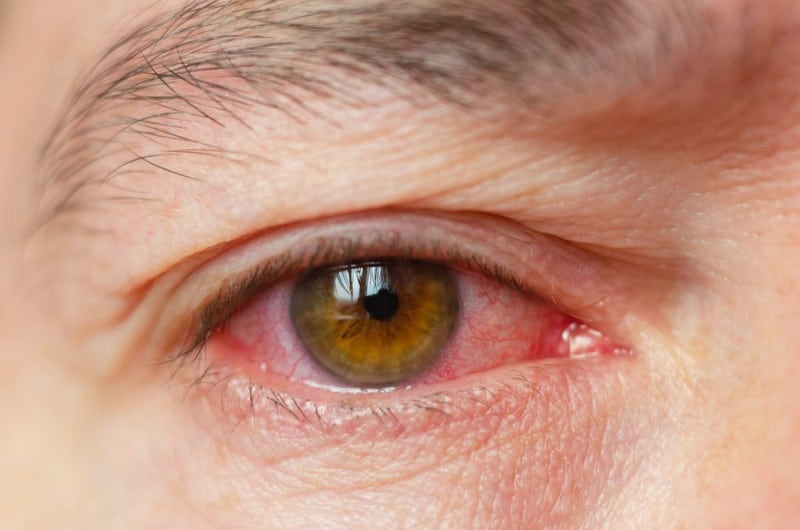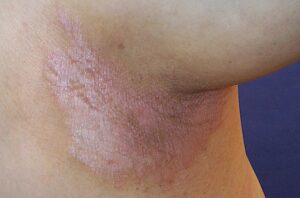Uveitis

Uveitis refers to the condition where the eye’s layer (uvae) is inflamed. The uvae consists of three main parts: the iris (the eye’s colored part), the ciliary body (a fluid-giving circular structure), and the choroid (blood vessel-filled tissue). These eye parts play an important function in light absorption and visual focusing. Different types of uveitis may occur when parts of the uvea become defective.
The following are the different forms of uveitis: anterior uveitis, intermediate uveitis, and pan-uveitis. Anterior uveitis, also referred to as iritis, affects the person’s iris, situated in the middle of the eyes. Intermediate uveitis or iridocyclitis infects the center of the eye. The eyes’ blood vessels and gel-like parts are gradually destroyed. Posterior uveitis inflames the choroid that is located behind the eyes. As a result, blood is not equally distributed by the tissues and blood vessels going to the back portion of the eyes. Finally, pan-uveitis is the most serious condition among the three mentioned above. It affects all the layers and areas of the uvae and may result in vision loss.










